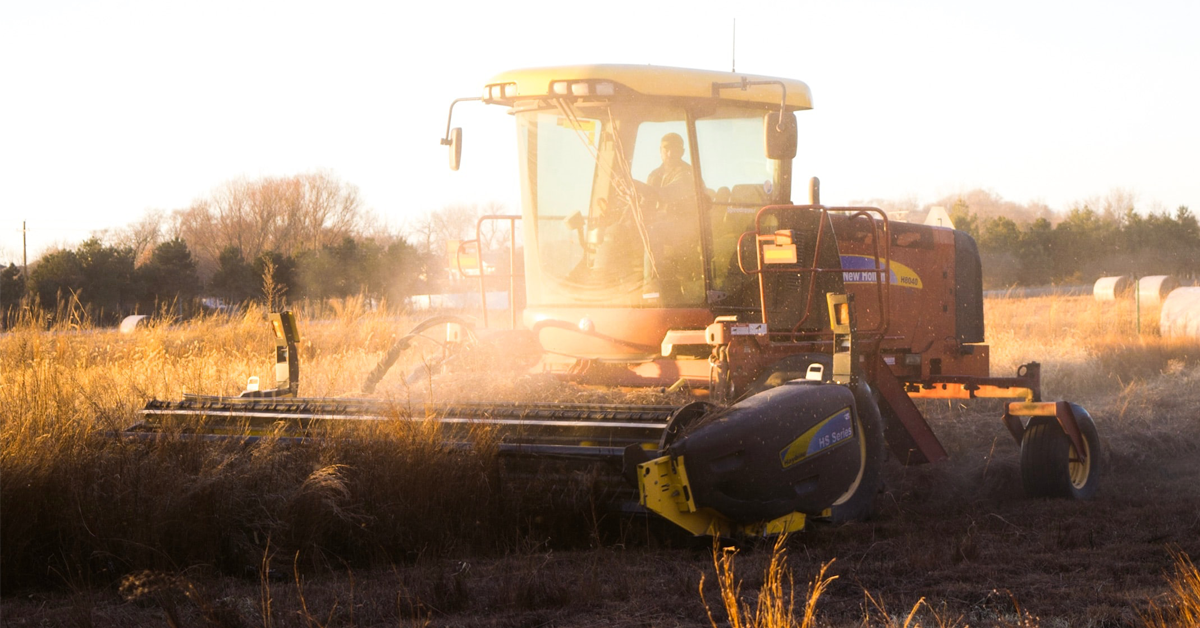Some questions are easy to answer.
A good example is one that Governor Newsom and state officials are asking right now. Who needs more high-speed broadband internet infrastructure: Cities and suburbs that already have multiple internet options, or rural communities that have no internet access?
The obvious answer is rural communities, where hundreds of thousands of Californians are falling behind. They’re on the wrong side of the digital divide, cut off from the employment, education, and health care opportunities that come with high-speed internet. But rather than connect them to the future by building broadband infrastructure in rural areas, state leaders are planning to divert hundreds of millions of dollars to cities where today essentially everyone is already connected.
Ignoring rural communities is wrong. They deserve the same opportunities as everyone else in California. But they won’t get those opportunities unless Governor Newsom and his appointees on the California Public Utilities Commission (CPUC) do the right thing and focus state resources on connecting unserved parts of the state.
The rural counties of the Central Valley are a case in point. For years, the Central Valley Business Federation has worked with private companies and public officials to improve the economic opportunities of families and businesses. Improving accessibility to high-speed internet is an important component to this work.
To keep moving forward, our region is counting on state leaders to come through for us. We were optimistic in 2021 when Gov. Newsom and the legislature dedicated $2 billion to broadband projects. The Governor even signed that legislation into law at a rural elementary school. Yet two years later, our excitement has turned to fear that rural California will be left out.
The Public Utilities Commission has since made clear that it wants to spend as much of that money as possible on places that already have broadband access, which means cities. The Commission just made the first $500 million in funding available. Nearly all the applications are for areas where people already have several internet options. In some places, Californians will have an embarrassment of choices in terms of where they get their internet. But in rural communities, we’ll have no choice at all.
People’s futures are on the line. When a family has broadband internet, parents can strengthen their children’s education with online tutoring and other learning options. When a small business has broadband internet, it can sell online to global customers, creating new jobs and making a bigger impact in rural communities. Veterans can get the telehealth services they desperately need. Families can stay in contact over longer distances. The list of benefits goes on and on.
None of that can happen if high-speed internet stays out of reach in our rural areas. By the same token, building more infrastructure in places that already have plenty won’t bring more opportunities within reach in urban and suburban areas. Before we invest another penny there, we need to connect every family and small business in the rest of the state. It’s not just fair. It’s essential to the future of rural Californians. After all, every day they don’t have broadband, the rest of California pulls away.
Governor Newsom and the state legislature need to ensure that the existing $2 billion in funding go toward connecting unserved Californians first. The question now is whether California will deepen the digital divide or finally and fully close it. That’s another question that shouldn’t be hard to answer.











